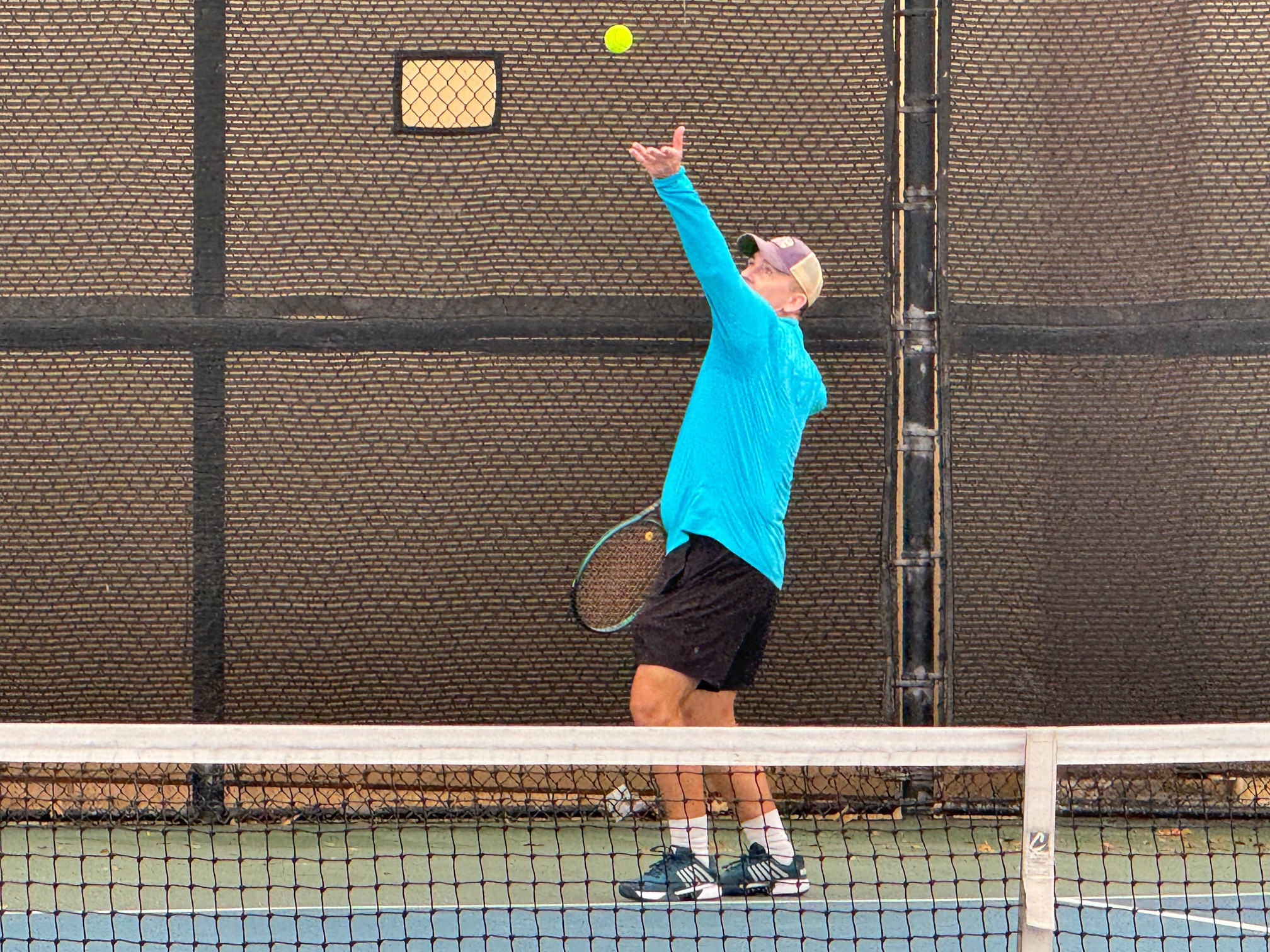At first glance, the last USTA Comment in the “Player Loses Point” section in the ITF Rules of Tennis is arguably the most bizarre encountered to date. The comment is related to a net configuration that I initially had difficulty imagining.
USTA Comment 24.2: Does a player who touches a pipe support that runs across the court at the bottom of the net lose the point?
Yes. The pipe support is considered a part of the net except when a ball hits it, in which case the pipe support is considered part of the court.
USTA Friend at Court, ITF Rules of Tennis, Section 24
To the best of my recollection, I have never encountered this net configuration on a permanently installed net. While running a pipe across the bottom of the net would certainly be useful for preventing gaps at the base of the net, it would also likely cause balls to ricochet back into the court with greater distance. Not desirable.
My next thought was that the rule was relevant to the portable nets used in QuickStart tennis, but in that case the rule should spike that out, which it does not. That thought process lead me to the realization that portable nets are not restricted only to QuickStart. I found a high quality freestanding tennis post set currently available on the retail market that fits the description of the net configuration in this rule.
With this understanding of what this net pipe would look like, it becomes possible to examine the specific rules imparted by the USTA comment. There are two cases of contact: 1) A player touches the pipe support and 2) A ball touches the pipe support.
I think it is somewhat unique to the rules of tennis to have an object that changes definition based on what contacts it. This is another great bar discussion.
If a player stumbles into the pipe support, that is considered contacting the net. Presumably at that point play is necessarily stopped to return the net to the proper position on the court.
If a ball hits the pipe support, it is considered to have struck the court rather than the net. The only scenario I can imagine where the distinction would matter is on a serve. If a serve struck the pipe and bounced over into the correct court it would be a fault rather than a let.
In any case, in the unlikely event that I ever find myself playing with a net in this configuration I will remember that there is some bizarre rule regarding it. There is a significantly reduced chance that I will remember the specific details and an even lower chance that it will be relevant to any point played.
With this USTA Comment, we have officially exhausted all the rules in “Player Loses Point” of the USTA Friend at Court.
- United States Tennis Association (2020) Friend at Court. White Plains, NY



